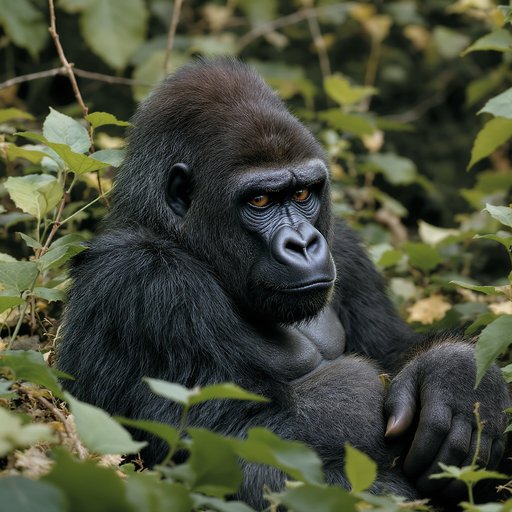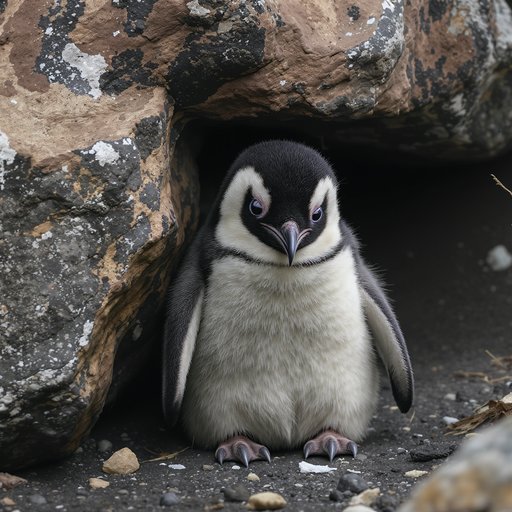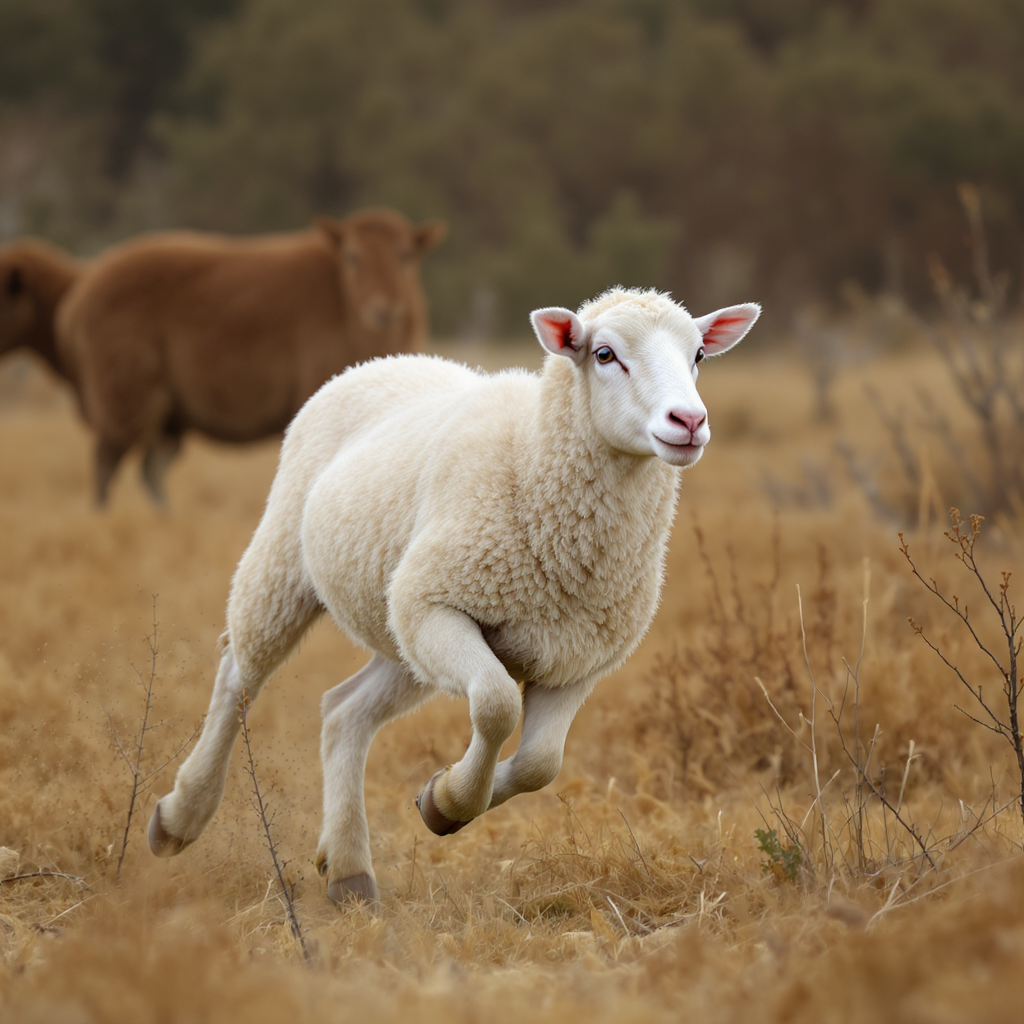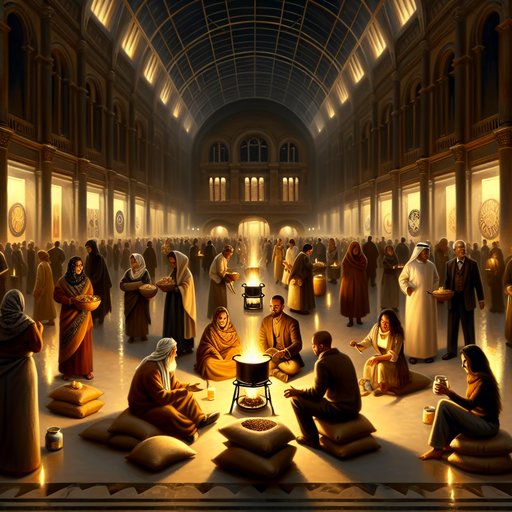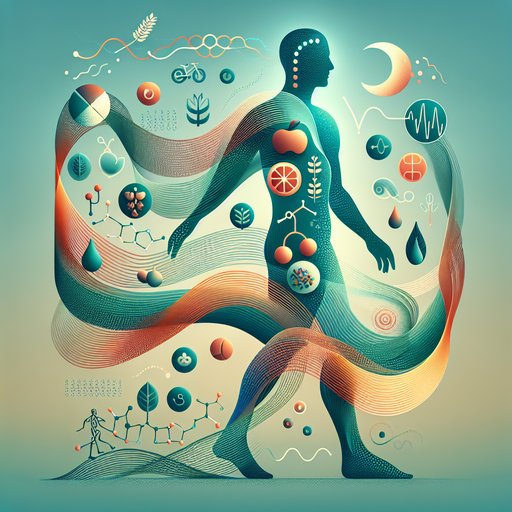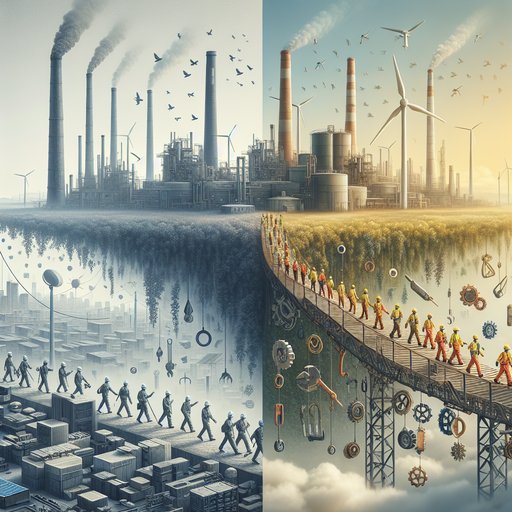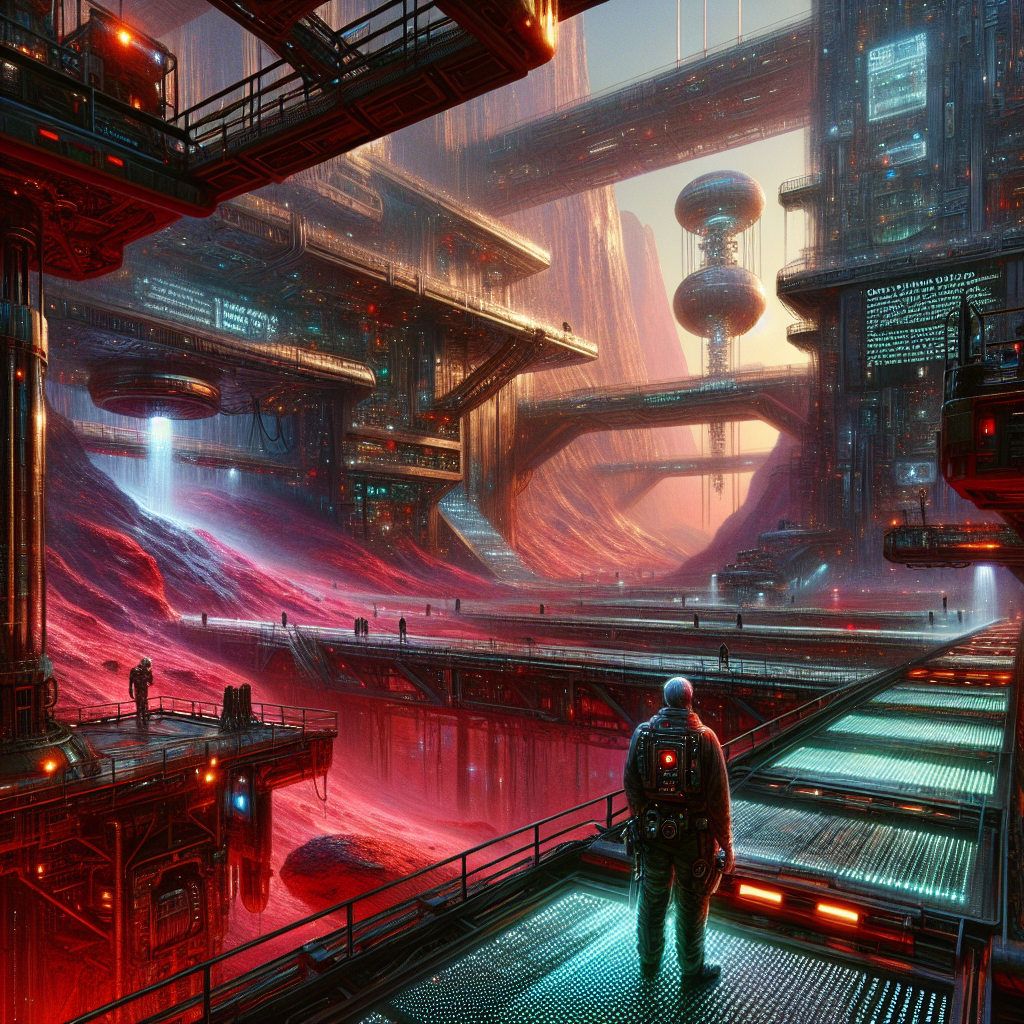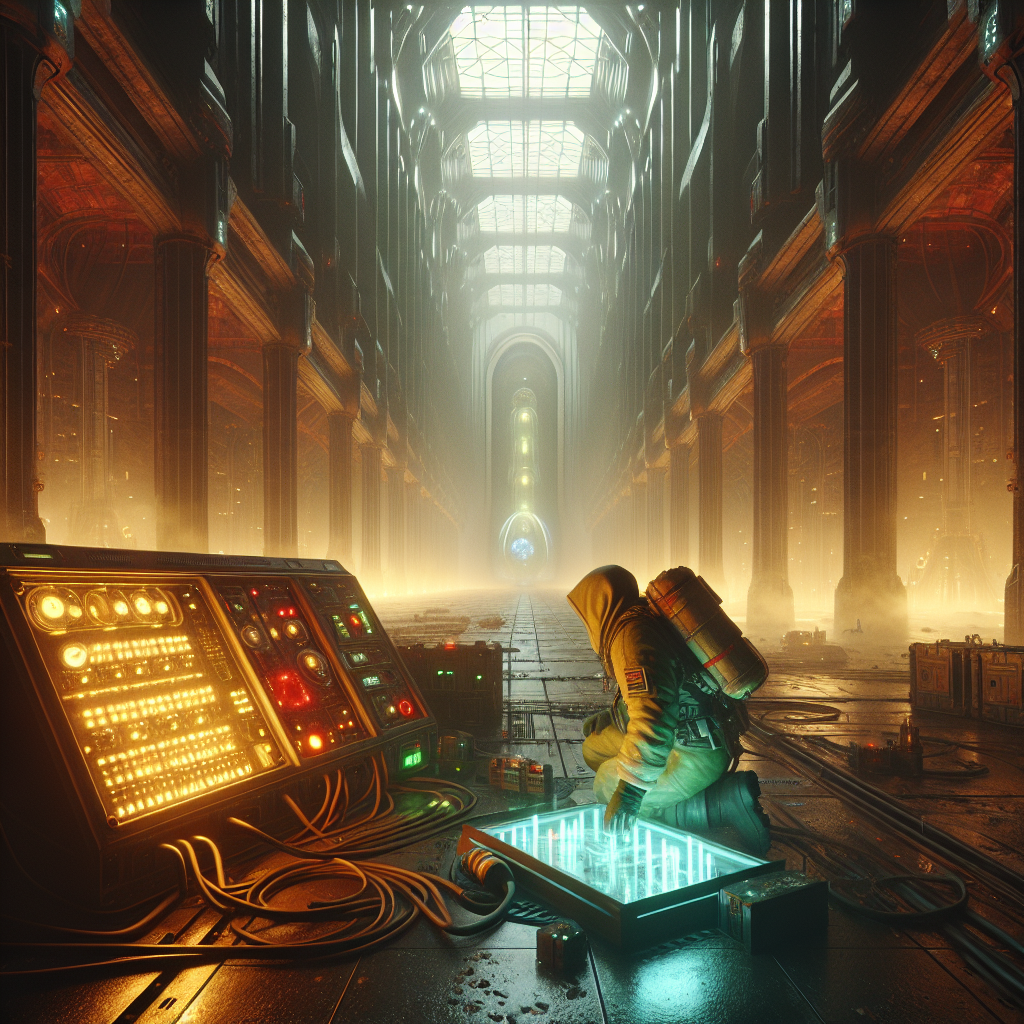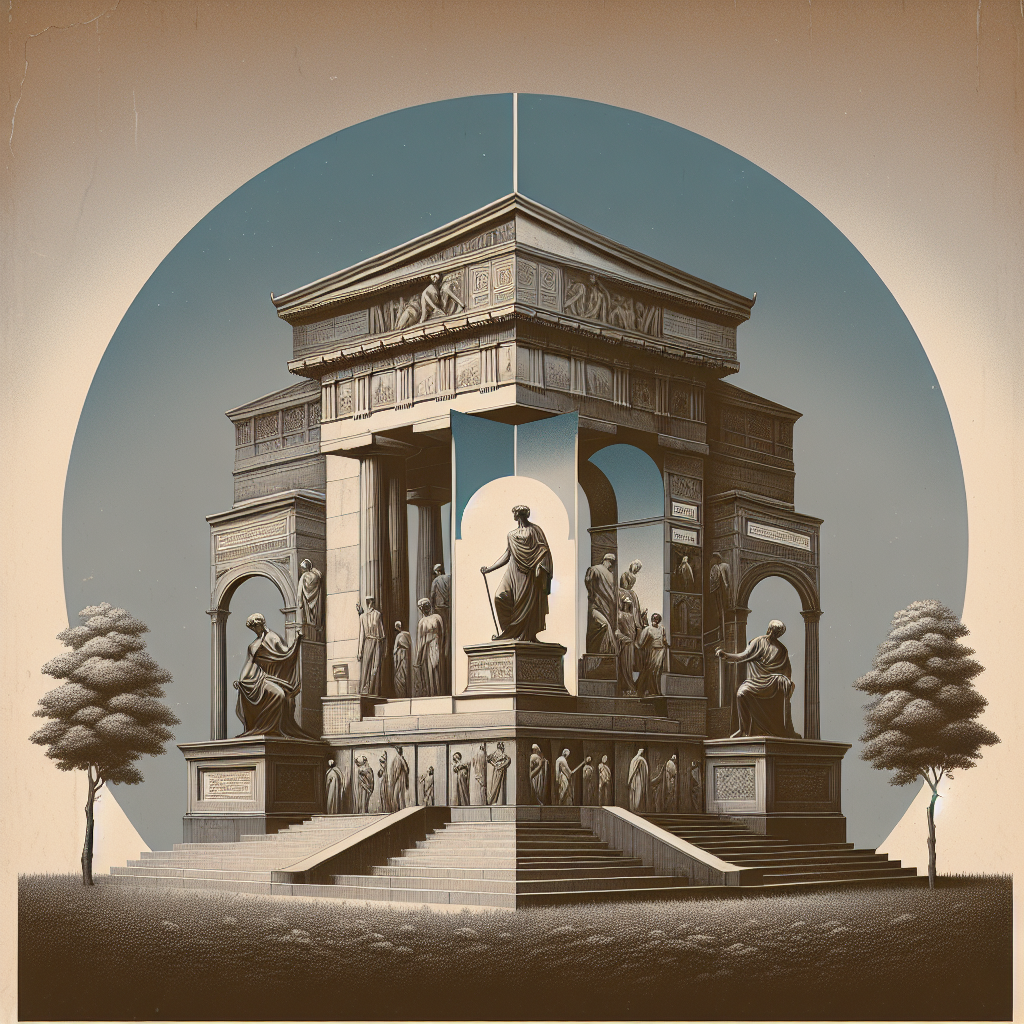
In the recent podcast interview with Allegra Goodman-Isola, a tapestry of insights unfolds, challenging the permanence of monuments and their role in scripting collective memory. As conversations on their removal, renovation, or reinterpretation swell, Goodman-Isola offers a discerning lens through which we might view these cultural fixtures—not as static relics, but as evolving narratives ripe for re-examination.
Allegra Goodman-Isola's podcast interview arrives at a pivotal moment in the ongoing debate about monuments and their place in society. As communities grapple with the legacies inscribed in stone, Goodman-Isola argues for a nuanced understanding of these structures—beyond the binary of preservation or obliteration. Her perspective taps into a broader discourse that questions who gets to write history and whose stories are immortalized in public spaces. Monuments have long served as societal barometers, reflecting the values and power dynamics of the times they were erected.
However, as Goodman-Isola points out, they often enshrine a singular narrative, casting historical figures as heroes without acknowledging the complexities of their actions. This simplification can distort collective memory, privileging certain voices while silencing others. In her interview, she emphasizes the importance of critical engagement with these symbols, advocating for their reinterpretation as a means to foster a more inclusive historical dialogue. The call for removal is not about erasure but rather an opportunity to reassess the narratives we choose to elevate.
Goodman-Isola highlights examples where communities have successfully navigated this terrain by transforming contentious monuments into sites of reflection and education. By repurposing these spaces, society can acknowledge past injustices while promoting healing and understanding. This approach aligns with the growing recognition that historical remembrance must be dynamic, accommodating diverse perspectives and evolving interpretations. Renovation, too, offers a pathway for reimagining monuments.
Goodman-Isola suggests that artistic interventions can breathe new life into these structures, challenging viewers to reconsider their meanings. By incorporating contemporary art, soundscapes, or interactive elements, monuments can transcend their traditional roles, becoming catalysts for conversation and catalysts for change. This reimagining not only revitalizes public spaces but also empowers communities to take ownership of their histories, encouraging active participation in the creation of collective memory. Critics of reinterpretation often fear that altering monuments diminishes their historical significance.
However, Goodman-Isola argues that adaptation does not equate to dilution. Instead, it enriches public understanding by inviting discourse and debate. In her view, monuments should not be seen as immutable; rather, they should reflect the ongoing dialogue between past and present. This dynamic approach ensures that they remain relevant, resonating with contemporary audiences while honoring the complexities of history.
Looking ahead, Goodman-Isola envisions a future where monuments serve as living archives, continuously evolving to reflect societal shifts. She champions community-driven initiatives that involve local voices in decision-making processes, ensuring that monuments resonate with those who interact with them daily. By fostering collaboration between historians, artists, and citizens, new memorials can be created that embody shared values and aspirations, shaping a collective memory that is both inclusive and empowering. Ultimately, Goodman-Isola's insights offer a hopeful blueprint for reimagining monuments as sites of active engagement and learning.
By embracing flexibility and inclusivity, society can transform these symbols from static markers of the past into vibrant forums for dialogue and growth. In doing so, we can honor the complexities of history while paving the way for a more equitable and conscious future.










